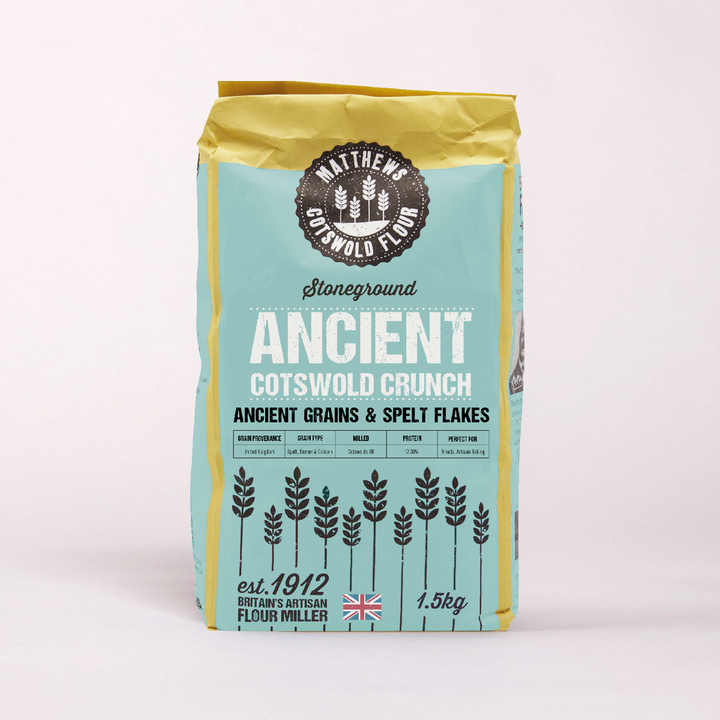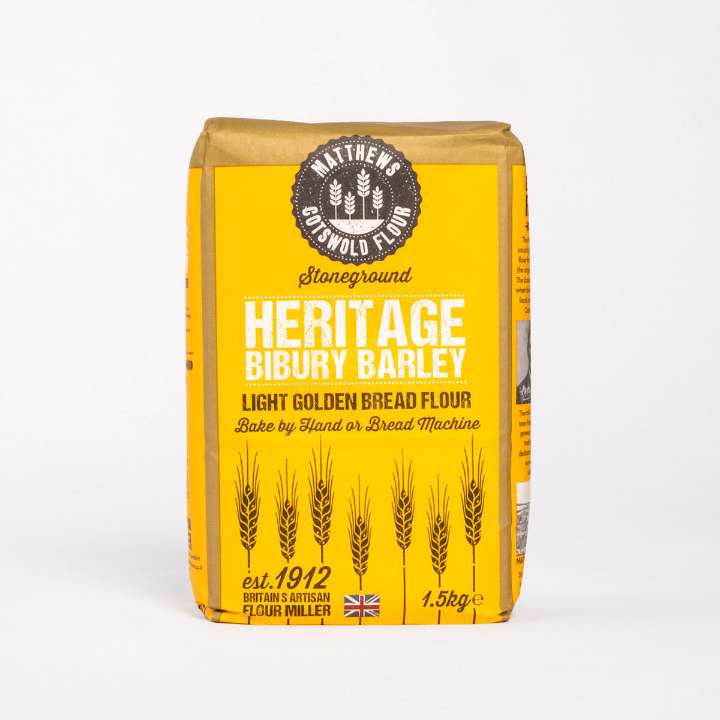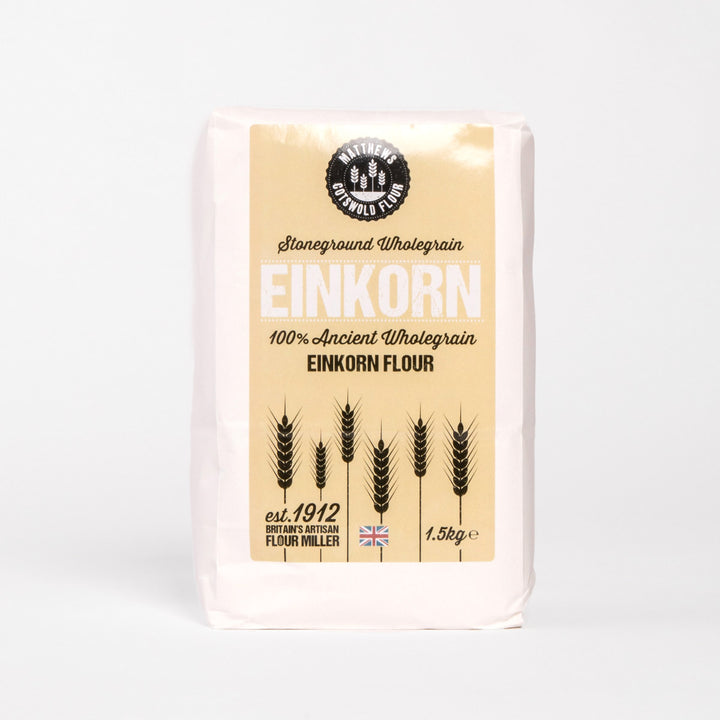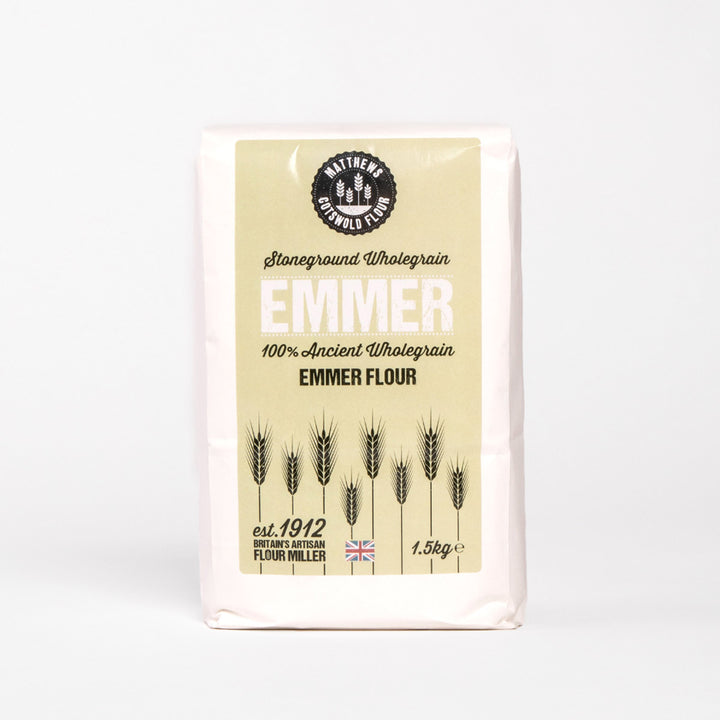Wholemeal, whole grain, whole wheat, whole what?
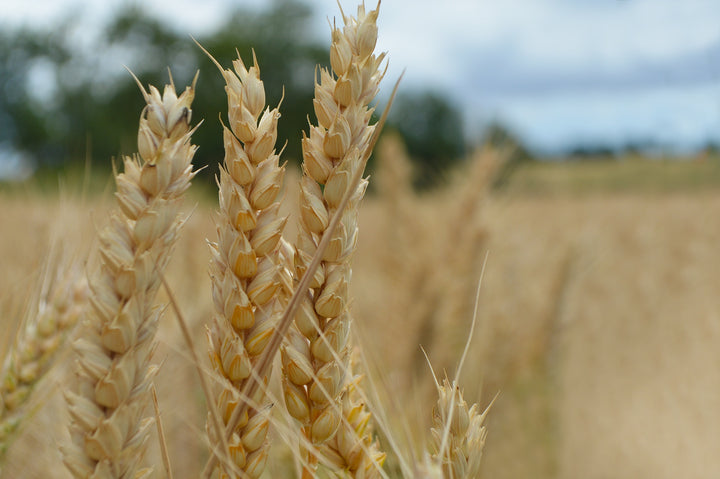
The terms wholemeal, whole grain, and whole wheat are used interchangeably in different countries. In the UK, people refer to full grain related products as wholemeal, while people in the United States refer to these products as whole grain or whole wheat. While these terms have similar definitions, there are some vast differences between them.
A whole grain kernel — or seed — is composed of three parts: the bran, the endosperm, and the germ.
The bran is the outer shell that protects the seed. It provides fiber, B vitamins, and trace minerals.
The germ contains nourishment for the seed (and consumers such as yourself) such as antioxidants, vitamin E, B vitamins, protein, minerals, and oils.
The endosperm provides energy for the seed in the form of primarily carbohydrates and protein.
Whole grains and whole flour include the entire kernel. Refined flour is solely the starchy endosperm – the nutrient-rich bran and germ are stripped away.

What’s whole grain bread?
Whole grain bread has a dense wholemeal flour base, grain, and seeds. Whole grain bread contains the entire grain: the bran (outer layer), endosperm (starchy middle layer) and germ (nutrient rich inner part). More, whole grain bread is a rich source of carbohydrates, protein, unsaturated fats, vitamins, minerals, and healthy fats. It’s also an excellent source of three types of fibre:
- Soluble
- Insoluble
- Resistant starch
Diets high in wholegrains are associated with a reduced risk of health conditions such as:
- Excess weight
- Obesity
- Heart disease
- Type 2 diabetes
- Some cancers
The high dietary fibre helps keep people feeling full. Whole grain is also beneficial for bowel health by preventing constipation and feeding the ‘good’ gut bacteria.
In addition, a study has discovered a diet high in whole grains was associated with a lower risk of bowel cancer.
Whole grains give you a toothsome texture and a little nuttiness and there is so much more flavor in whole grains compared to plain flour bread.
What’s whole wheat bread?
The term whole wheat refers to the wheat kernel that has been left completely intact. The wheat kernel hasn’t been altered or mixed with other grains.
Whole wheat bread is made up entirely of wheat kernels (as opposed to being mixed with other grains).
There are a few ways that millers produce whole wheat flour. Most large mills seem to first create white flour by grinding up wheat berries and sifting out more and more of the bran and germ in stages until there is only endosperm remaining. Then, the miller will reintroduce the germ and bran to the white flour to create the whole wheat flour. Milling in this approach allows the miller to create different whole wheat intensities by adjusting the amount of bran and germ they combine with white flour. The other method to create whole wheat flour is simply to grind up a wheat berry and leave it as is. Whole wheat created in this way is superior in terms of nutritional content.
Whole wheat bread texture is generally dense because whole wheat flour has very little gluten as compared to other types of flour such as white all-purpose flour. Gluten is important for giving the dough structure. A lower content in gluten makes bread flat and dense.
What’s wholemeal bread?
Wholemeal bread is made from wholegrains that have been milled to a fine texture, giving a plain brown appearance. Wholemeal flour contains more fibre than white flour. Wholemeal bread also contains more vitamins and minerals than many white breads, but has a higher glycemic index (GI) than whole grain breads.
Benefits of eating whole wheat bread include:
- High in nutrients and fiber
- Whole grains are particularly high in B vitamins, including niacin, thiamine, and folate
- Minerals. They also contain a good amount of minerals, such as zinc, iron, magnesium, and manganese.
- Protein. Whole grains boast several grams of protein per serving
- Antioxidants. Many compounds in whole grains act as antioxidants. These include phytic acid, lignans, ferulic acid, and sulfur compounds
- Plant compounds. Whole grains deliver many types of plant compounds that play a role in preventing disease. These include polyphenols, stanols, and sterols
Our 100% wholemeal flour is a strong bread flour which can be used on its own or mixed with a white bread flour. Our wholemeal flour is a premium grade with 100% extraction which gives it an exceptionally high protein level. This is one of the “Bakers Core 4” essential for all home and professional bakers. The high protein content means that bread flour has more gluten in it, which makes the dough more elastic and light and results in a chewy and airy texture when baked.
← Older Post Newer Post →

